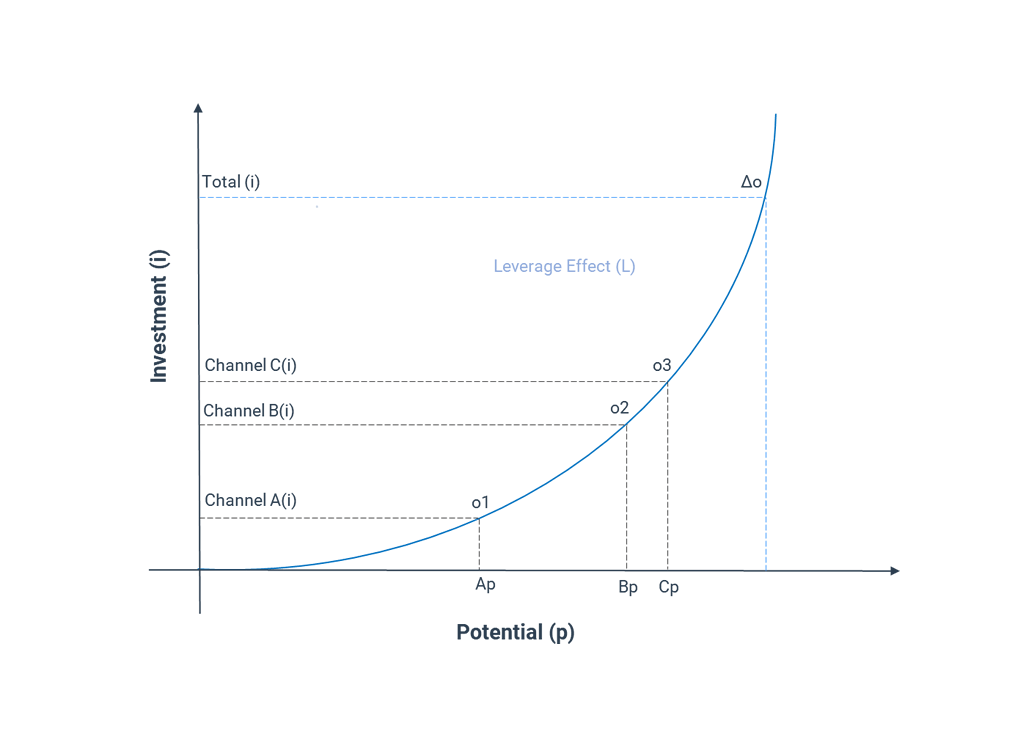Learning
& Improvement
Performance through actionable insights. Make data-driven decisions, identify trends and patterns, optimize operations, and improve overall performance

Data Insights Leading to Action
The objective of data analysis is to enhance performance and optimize results. Evaluate the data and collaborates with Production Executives to determine appropriate actions for optimization
Target Metrics
Having sound data metrics is critical for making informed decisions and tracking progress towards goals
Reliable Data Sources
Gain accurate analysis and informed decision-making, providing a foundation for effective planning and performance measurement
Data Comprehension
Make informed decision-making, effective problem-solving, and better overall performance
Develop Your Marketing Model
Our digital marketing planning process outlined is designed to provide your business with all the tools to develop a systematic marketing execution framework, aligned with your objectives and resources and leading to predictable outcomes for the business.

Data Analysis
Let's examine and interpret your data using various statistical and analytical methods to extract meaningful insights and inform decision-making

Performance Review
Gain an in-depth perspective of customer groups or segments based on common needs responding similarly to a marketing action

Data Visualization
Assess the team's marketing performance, periodically to identify strengths, weaknesses, and areas for support and improvement

Data Acquisition
Data Acquisition involves collecting relevant marketing data from various sources to provide the foundation for generating actionable insights.

Data Conditionality
Data conditionality in the FAPI Marketing Framework refers to the process of establishing predetermined outcomes or actions based on specific data results.

Actionable Insights
Clearly defining the recommendations deriving from data, assigning ownership, establishing timelines, and tracking progress.
Integrated Investment Effect
When you deploy a campaign across multiple channels, these interact creating a Leverage Effect
- Campaign X (CX) is executed through Channels A, B, C
- Different Investment (i) is made into each Channel
- Each Channel produces an output (o) equal to its Potential (p) multiplied by the Investment made (i)
- The overall Campaign output (total output) equals the sum of outputs from each Channel multiplied by Leverage Effect (L)
The Leverage Effect represents the rate of change in a Campaign’s output due to a variation in the combination of the potential output of all Channels used and the Investment made (i)
Ready for a chat?
or call 072139 9873


